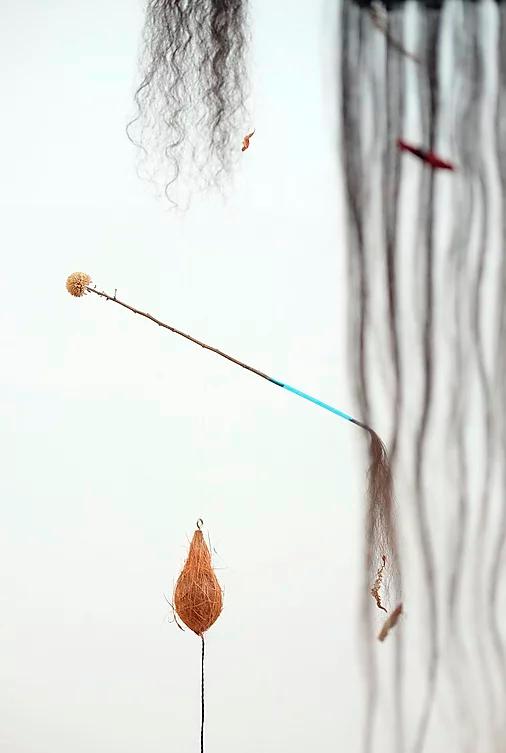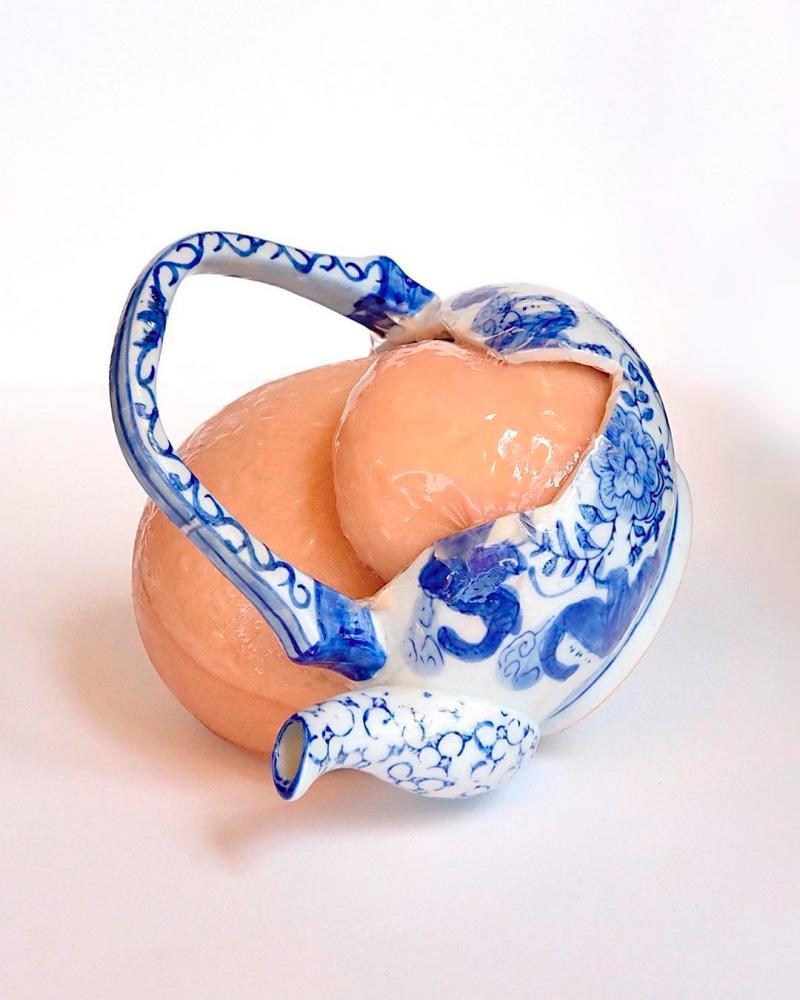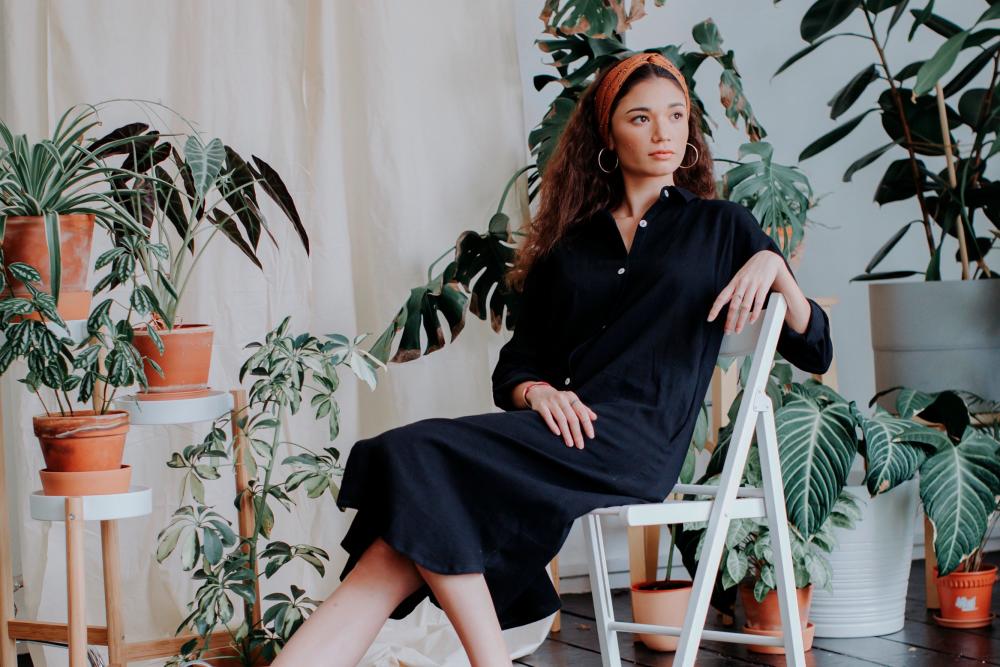In a newly sensitive age, Malaysian-born, Singapore-based artist Kara Inez built a career on provocation and controversy, that many often find alarmingly revolting, especially in a largely patriarchal, conformist society.
Her work Defective: Absent Bodies, was fuelled by her struggles with endometriosis, a severely painful disorder affecting one in 10 Malaysian women. It causes the tissue lining to grow outside of the uterus, which can also lead to infertility.
She uses skin and hair, along with other materials such as silicone, stockings, rice and even chicken skin, to create grotesque sculptures that appear like malignant tumours.
What inspires you?
“I am inspired by the world around me and the things that happen to enter my space, but mostly, I draw from the things that have significantly affected me throughout the years which I feel deserve more attention, like the female body and mental illness.”
What is your role as an artist?
“Artists have such a unique voice, and with it the power to promote change or to be the mirrors that reflect the happenings of our current time.
“I aim to create art that forces my audience to question the world around them ... to allow them to see it from a different perspective and then hopefully [come] up with their own interpretation and own views, away from what is being bombarded throughout the media sphere.”

Share some of your earliest influences or personal experiences that shaped your views and the themes of your art.
“I went through a dark period a few years ago where I was on medication for depression and anxiety. Severe weight gain and severe acne were some of the many side effects that came with this necessary medical intervention.
I never had a problem with my body until I started receiving very negative responses to these physical changes, from strangers as well as friends.
“It upset and angered me to experience first-hand peoples’ reactions when confronted with a body that contrasted with the socially-constructed beauty ideal that deems a desirable female body as controlled, devoid of imperfections and lumps and bumps.
“The whole experience had a terrible effect on my self-esteem and drove me to an even deeper state of depression.
The projects Defective: Absent Bodies, Vagina Party, Go For Waxing Lah and the performance piece We’ve reached this point stem from this extremely tough moment in my life.”
How would you describe the emotion of creating expressive art?
“It is actually a massive emotional rollercoaster for me to create art, due to the personal nature of all my works. All my projects do take a toll on me, and are quite hard to revisit, but I find the topics that I touch on to be important and necessary to be talked about in the public sphere, so that others suffering the same burdens will know that they do not have to suffer in silence.”

Many of your pieces are grotesque to the point of revulsion, it your intention to see how the audience would react?
“Yes, definitely! The artwork forces the audience to question why they feel the need to distance themselves from these forms. Many of the reactions that your body and mind have towards things aren’t innate, and have been socially cultivated, so it’s incredibly interesting to witness how different people are affected by my work.”
Which project is close to your heart?
“All the projects I’ve done are really close to my heart. It’s hard to choose. But if I had to, it would be Vagina Party. It has created a safe space for women to speak as women on topics ranging from body hair to beauty ideals.
“These interviews took place while their vulvas were being moulded for a project of mine. We discussed how their personal histories and culture play a part in the construction of their perception of the female body.
“It was probably one of the most amazing experiences I have had where conversations surrounding the female body were openly discussed. There was no shame, no insecurities, embracing every aspect of being a woman. It was empowering!”
What does Singapore’s art scene offer that you don’t find in Malaysia?
“Singapore has been extremely supportive of my work.
“I have not lived in Malaysia for almost five years now, so it is hard to answer this, just because I do not know enough about the Malaysian art scene, but every time I come back to visit, there are more and more collectives, art events and art spaces popping up.
“It’s inspiring to see that there are creatives out there pushing for change, and who want to facilitate that evolution! I’m excited to one day come back and be a part of this ever-growing art scene.”









